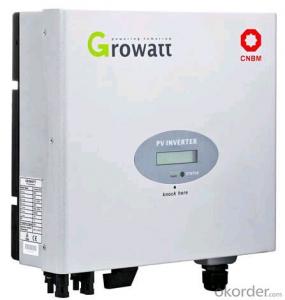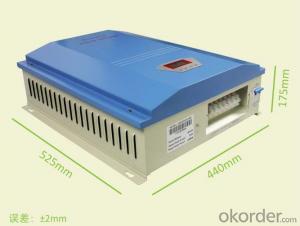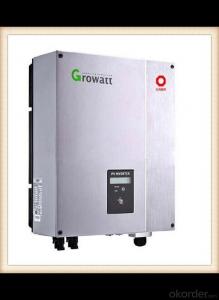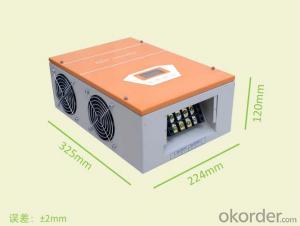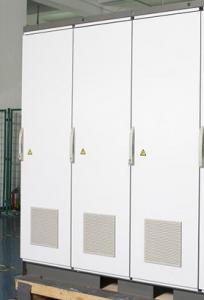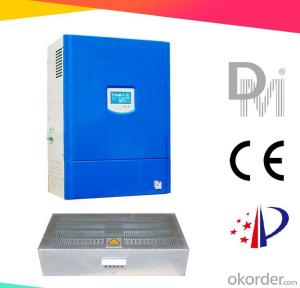Hybrid Solar Inverter 3kw
Hybrid Solar Inverter 3kw Related Searches
Best Solar Hybrid Inverter Best 3kw Solar Inverter Solar System Hybrid Inverter Hybrid Solar Inverter System Inverter 2kw Solar System Solar Panel Hybrid Inverter Hybrid Solar Inverter On Grid On-Grid Hybrid Solar Inverter 1kw On Grid Solar Inverter Top 10 Solar Hybrid InverterHot Searches
China Solar Inverter 3kw 220v China Hybrid Solar Inverter China Solar Inverter 3kw Solar Inverter Hybrid Price Hybrid Solar Inverter Price Sma 3kw Solar Inverter Price 3kw Solar Inverter Price Solar Inverter Hybrid 10kw Solar Inverter Hybrid Tesla Hybrid Solar Inverter Type Of Inverter For Solar Types Of Inverter For Solar Used Solar Inverter For Sale Inverter Size For Solar System Solar Edge Inverter For Sale 5kw Solar Inverter For Sale Solar Inverter For Sale Solar Inverter For Battery Solar Inverter For Split Ac Solar Inverter For LaptopHybrid Solar Inverter 3kw Supplier & Manufacturer from China
Okorder.com is a professional Hybrid Solar Inverter 3kw supplier & manufacturer, offers integrated one-stop services including real-time quoting and online cargo tracking. We are funded by CNBM Group, a Fortune 500 enterprise and the largest Hybrid Solar Inverter 3kw firm in China.Hot Products
FAQ
- Yes, solar inverters can be used in areas with high levels of lightning activity. However, it is important to ensure that the solar inverter is properly grounded and installed with appropriate lightning protection measures to minimize the risk of damage caused by lightning strikes.
- Yes, a solar inverter can be connected to a backup battery system. This allows the excess solar energy generated during the day to be stored in the backup battery system for later use during times when there is no sunlight available, such as at night or during power outages.
- The role of a solar inverter in grid management and stability is crucial in integrating solar power into the existing electrical grid system. Solar inverters are responsible for converting the direct current (DC) electricity generated by solar panels into alternating current (AC) electricity that can be used by homes and businesses or fed back into the grid. In terms of grid management, solar inverters play a vital role in maintaining the stability and reliability of the electrical grid. They provide grid support functions such as voltage regulation, frequency control, and reactive power compensation. By monitoring the grid conditions and adjusting the output of solar power accordingly, inverters help to balance the supply and demand of electricity in real-time, ensuring grid stability. Solar inverters also contribute to grid stability by improving power quality. They actively filter out harmonics, voltage fluctuations, and other electrical disturbances that can be caused by the intermittent nature of solar power generation. This ensures that the electricity generated by solar panels is of high quality and does not introduce any disruptions or damage to the electrical grid. Furthermore, solar inverters enable the seamless integration of solar power into the grid, allowing excess energy to be fed back into the system. This is known as net metering or feed-in tariff programs, where solar energy producers can receive compensation for the surplus electricity they produce. With the help of inverters, the generated solar energy can be efficiently transferred to the grid, reducing the reliance on traditional fossil fuel-based power generation and promoting renewable energy integration. Overall, the role of a solar inverter in grid management and stability is to ensure the smooth integration and optimal utilization of solar power, while maintaining the stability, reliability, and quality of the electrical grid. It acts as a bridge between solar energy producers and the grid, facilitating the efficient and sustainable integration of renewable energy sources into the existing power infrastructure.
- Yes, a solar inverter can be used with different types of power control devices. Solar inverters are designed to convert the direct current (DC) produced by solar panels into alternating current (AC) that can be used to power various electrical devices. They can be integrated with different power control devices such as charge controllers, smart energy management systems, and battery storage systems to optimize the efficiency and performance of the solar power system.
- The typical installation process for a solar inverter involves several steps. First, the inverter is mounted in a suitable location, usually close to the solar panels and near the electrical service panel. Then, the DC input wires from the solar panels are connected to the DC input terminals on the inverter. The AC output terminals of the inverter are then connected to the electrical service panel, allowing the generated electricity to be fed into the grid or used by the household. Finally, the inverter is connected to a monitoring system, which enables the user to track the performance and energy production of the solar system. It is important to note that the installation process may vary depending on the specific inverter model and the local electrical codes and regulations.
- A solar inverter interacts with the electrical grid by converting the direct current (DC) electricity generated by solar panels into alternating current (AC) electricity, which is the standard form of electricity used in the grid. It synchronizes the AC electricity produced by the solar panels with the grid's frequency and voltage, allowing the excess energy to be fed back into the grid. The solar inverter also ensures that the energy produced by the solar panels is safely integrated with the grid, adhering to the grid's regulations and requirements.
- A solar inverter is designed to handle voltage drop by continuously monitoring the voltage level of the solar panels. If the voltage drops below a certain threshold, the inverter adjusts its internal electronics to compensate for the drop and ensure a consistent output voltage. This allows the inverter to maintain optimal performance and efficiency even in situations with voltage fluctuations or drops.
- Yes, a solar inverter can be used with a solar air conditioning system. The solar inverter helps convert the DC power generated by the solar panels into AC power that is suitable for powering the air conditioning system. This allows for the utilization of solar energy to cool or heat a building, making it an eco-friendly and energy-efficient solution.


